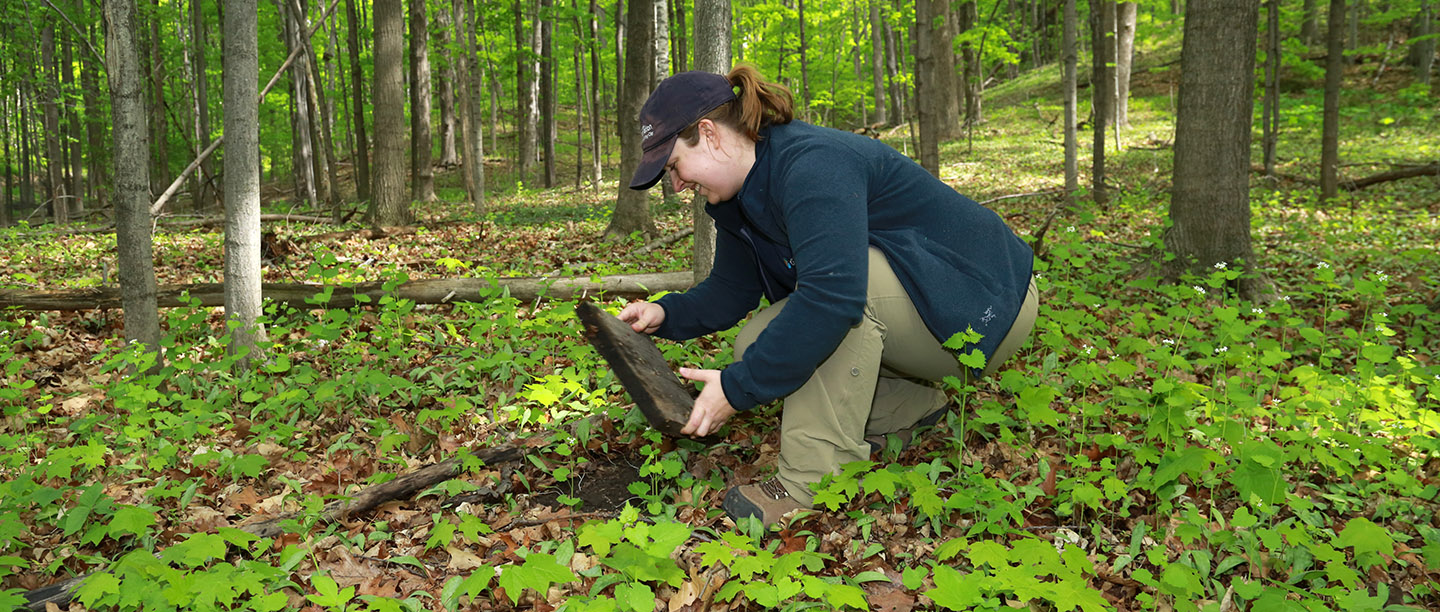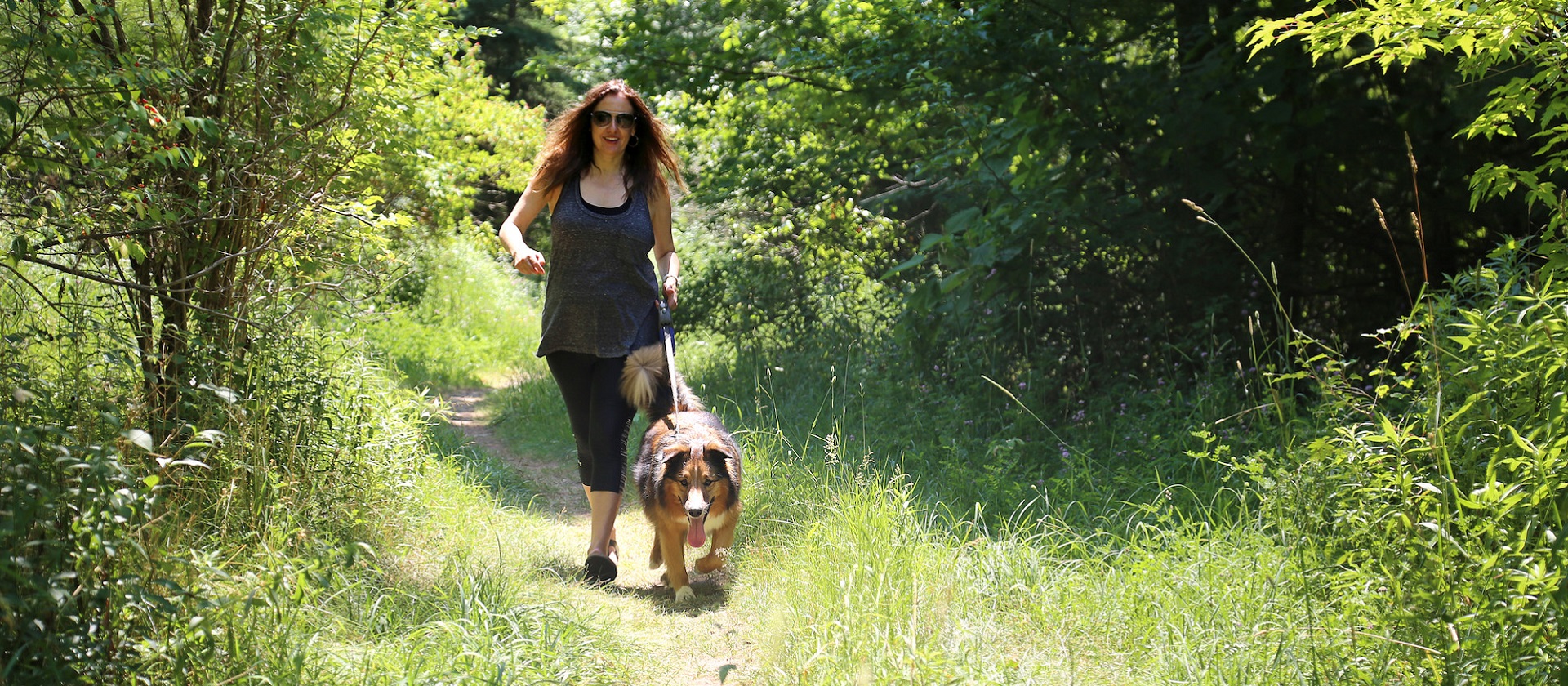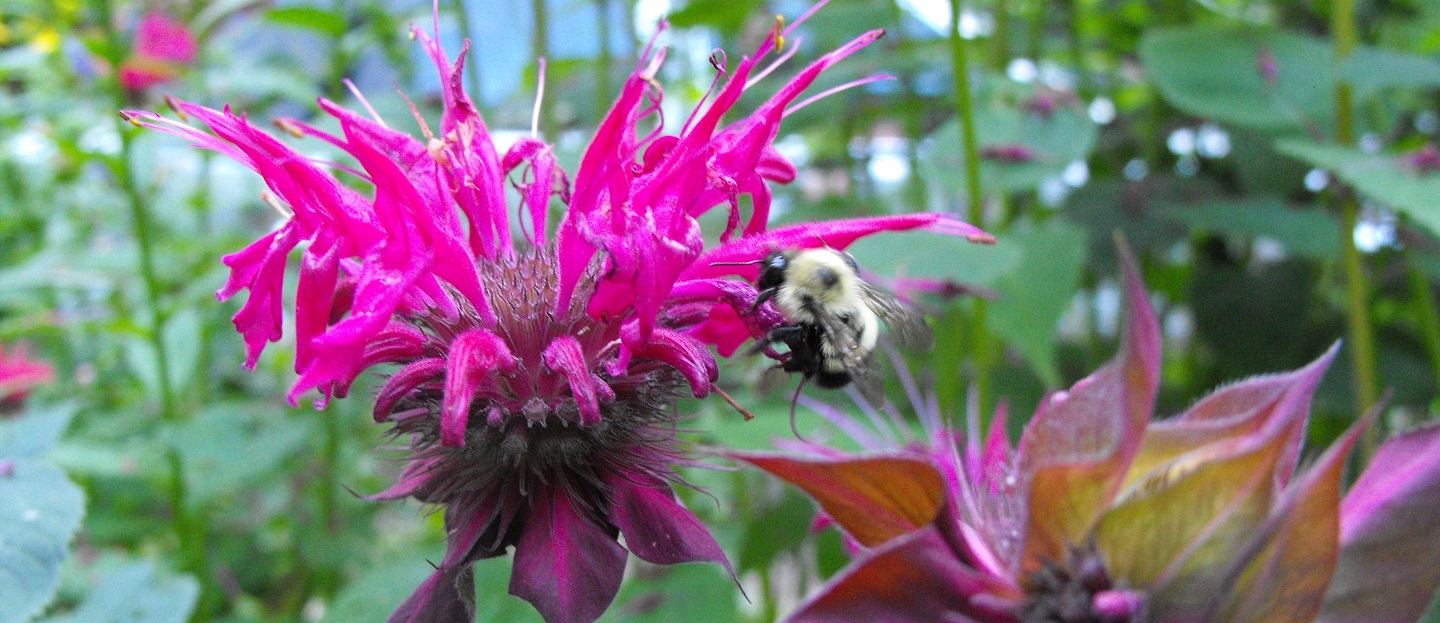Pollution, pathogens, invasive species, and the loss of habitat due to urban sprawl: all of these pose a threat to wildlife, tree and plant species in big cities. The Greater Toronto Area is no exception to this rule.
When a species has been outpaced by these challenges, its numbers may dwindle — sometimes so drastically that its very survival is threatened. Conservationists classify such species as “endangered.”
Here in the GTA, Toronto and Region Conservation Authority (TRCA) works hard to preserve and protect endangered species. But time is not always on our side.

Here’s a look at the provincially recognized endangered species within TRCA’s jurisdiction, and some some insight into what’s being done to ensure their survival.
1. American Eel
TRCA’s Environmental Monitoring team sometimes encounters the American eel — known for its voracious appetite — in the course of their work in the field. Much of TRCA’s restoration work on aquatic habitats is intended to create a more hospitable environment for this and other local fish species.
2. Jefferson Salamander
Man-made obstructions such as busy roads can interfere with the annual migrations of amphibian species such as the Jefferson salamander. The TRCA Monitoring team surveys for native salamander species every spring and summer. The many TRCA-organized tree plantings that take place throughout the region each year will help to eventually provide a suitable forested habitat for these species.
(An interesting side note: City of Hamilton shuts down one road annually for the migration of the Jefferson salamander during its breeding season.)
3. Redside Dace
For years, TRCA’s Restoration crews have been working on stream projects designed to provide improved habitat for this small minnow species, best known for its ability to leap from the water to catch flying insects.
4. Piping Plover
This tiny shorebird suffered a steep population decline in the Great Lakes region during the decades after the Second World War — but the numbers have begun to show an uptick. For just the second time in 80 years, a piping plover is nesting on Toronto Island. A storm destroyed the last nest in 2015; this year, TRCA has helped Bird Studies Canada install fencing to protect the nest.
So excited to help band #Toronto‘s first Piping Plover chicks in over 80 years with @ontarioplovers and @Peckasaur! #endangeredspecies #conservation @TRCA_Restore pic.twitter.com/VxTvbTQa0O
— Karen McDonald (@nature_girll) June 29, 2018
TRCA’s ecological restoration efforts on the Lake Ontario shoreline also help to enhance natural habitats for the piping plover and other shore-dwelling species.
This video from the U.S. Fish and Wildlife Service offers a fascinating look at the ongoing effort to bring the piping plover back from the brink of extinction in the Great Lakes:
5. Rusty-Patched Bumble Bee
The drastic decline of this once-common species since the 1970s is something of an enigma: the exact cause remains unknown. Could it be pesticide use? Or the spread of disease? If there is to be a comeback, meadow restoration may well prove key to providing a fighting chance. Projects such as The Meadoway will help to create enhanced habitats for bees, butterflies and other pollinators.
Watch this award-winning short documentary by American nature photographer Clay Bolt about the quest to save the rusty-patched bumble bee:
6. American Chestnut & Butternut Trees
Unlike the case of the rusty-patched bumble bee, there’s no mystery about what threatens these handsome trees: invasive species. American chestnut and Butternut tree populations have been devastated by fungal diseases — chestnut blight and butternut canker. In both cases, the fungus responsible is thought to have spread accidentally from Asia to North America. Keeping watch on invasive species and their impact on biodiversity within the GTA is among the most important roles that the TRCA Montoring team plays.
The PBS series SciTech Now takes a look at the fight to save the American chestnut tree in this 2017 segment:
How You Can Help Endangered Species
- When visiting parks and conservation areas, stay on trails to avoid trampling the vegetation that serves as habitat for species in the area.
- Respect trail/area closure signs. The plover nesting area on Toronto Island, for example, is off-limits to people.
- When cycling on trails, especially in forests, slow down to avoid running over migrating salamanders.
- Keep dogs on a leash. Your friendly pup can chase and scare wildlife.

- Do not plant invasive species in your yard. They can spread easily to natural areas. (Remember, even if you don’t happen to live near any green space, birds can spread the seeds of invasive species far and wide.)
- Don’t overuse fertilizer in your yard. If it makes its way into waterways and lakes, it can increase algal blooms, which may harm many wildlife species.
- Don’t use pesticides. They can be fatal to bees, both directly and indirectly.
- Grow native plant species that benefit pollinators. Remember to leave dead stalks standing over the winter: many pollinator larvae overwinter in the stems of plants. And take care not to disturb the ground around these pollinator plants: adult bees of many species actually nest or overwinter in the ground.

- Don’t litter. Trash typically ends up in our waterways and shorelines, damaging habitats for species such as eel and plovers.
- Reduce your greenhouse gas emissions. Plovers and other bird species are affected by the increasing frequency and intensity of storms related to climate change. Remember that many birds migrate to or through North America’s hurricane zone.

